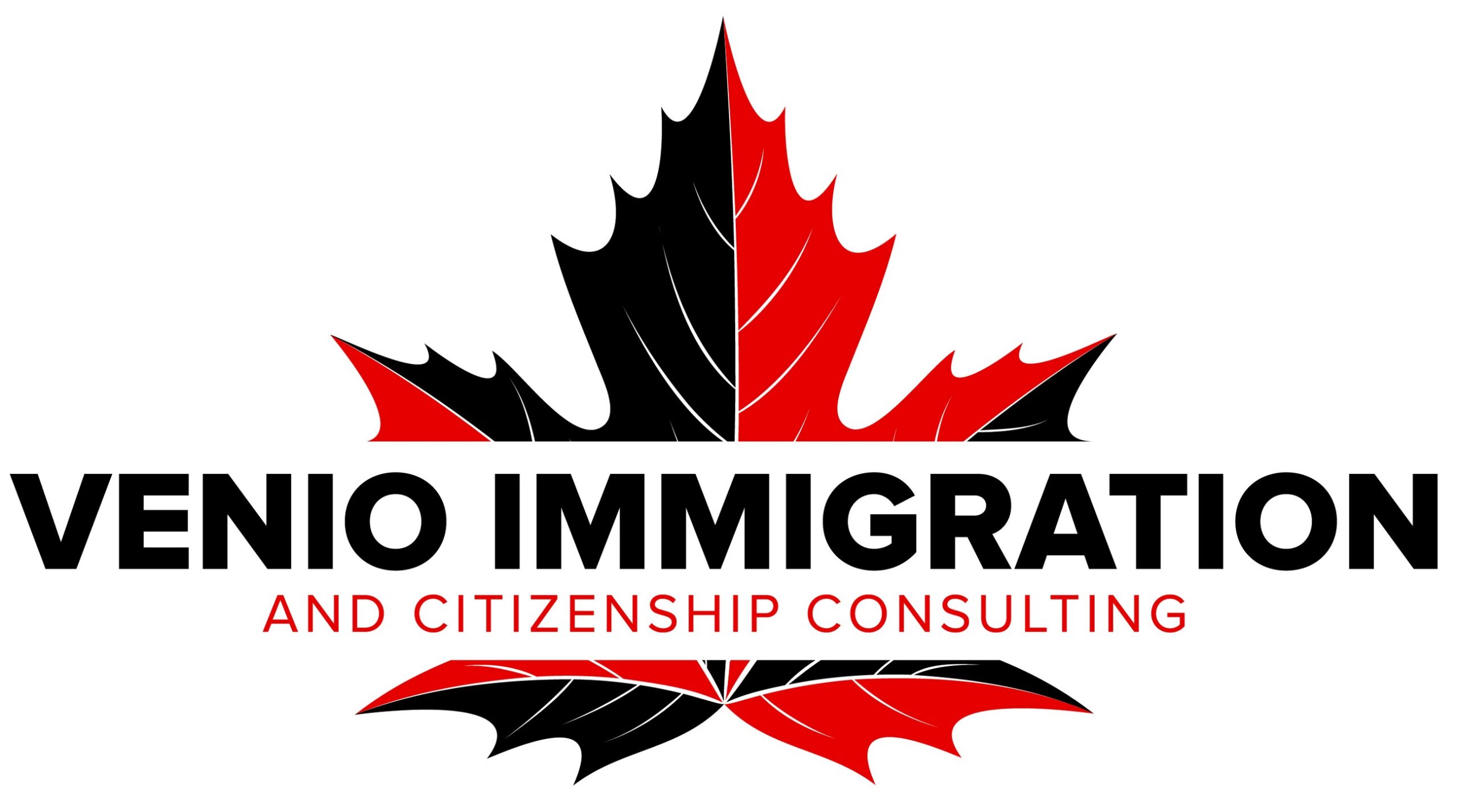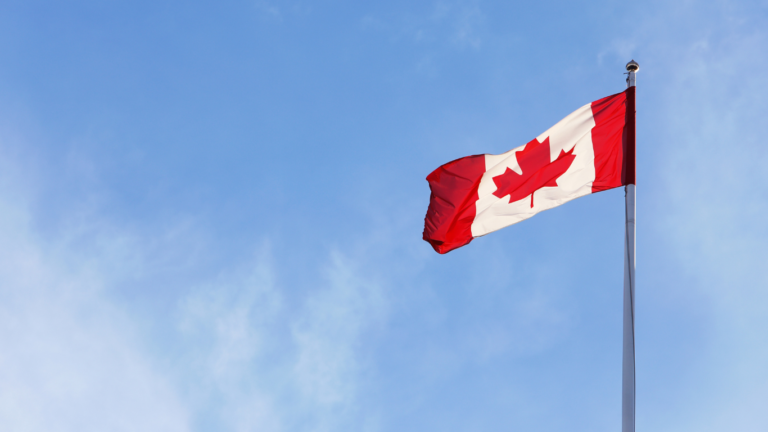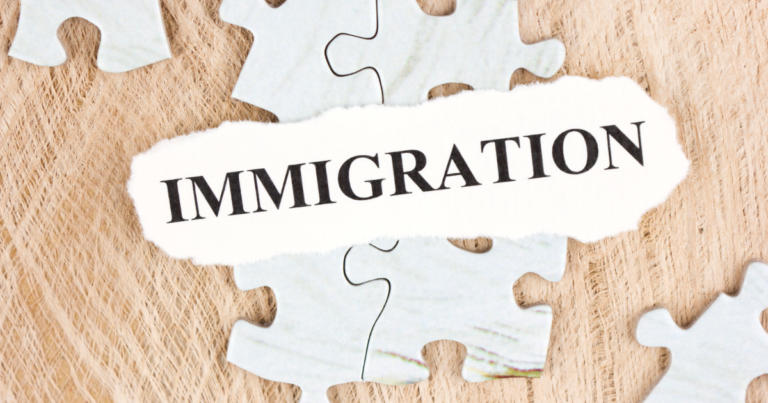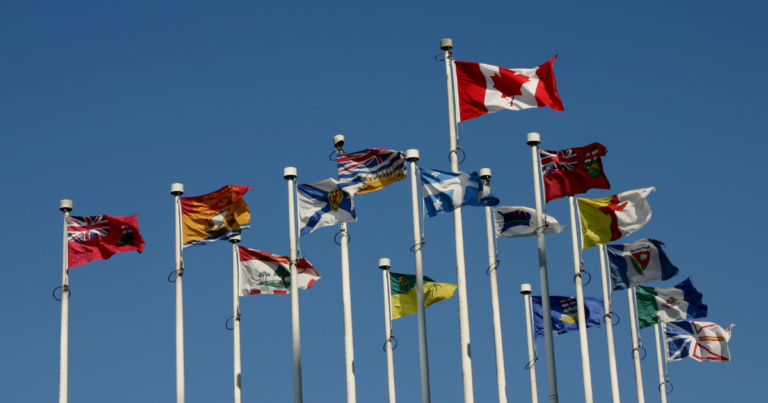Permanent residence in Canada: Fee increase as of April 30, 2024

Introduction
April 30, 2024 will mark an increase in the fees associated with all applications for permanent residence in Canada. This increase, scheduled as a biennial update, will affect all aspiring permanent residents.
Reason for increase
The increase in the Right of Permanent Residence Fee is a regular practice implemented every two years by Immigration, Refugees and Citizenship Canada (IRCC). This measure is designed to cover the rising costs of managing immigration programs and services. It also reflects the need to keep pace with inflation in the global economy.
Fees for permanent residence applications are not only intended to cover administrative costs, but also to ensure the quality and efficiency of processing. By adjusting these fees, IRCC ensures that it maintains an immigration system that is both fair to applicants and sustainable over the long term, balancing the financial needs of the department with the expectations of applicants.
Comparative table of old and new fees
Here is a table showing the changes that applicants for permanent residence will have to take into account in their application:
| Programs | Applicants | Current costs | New fees from April 30, 2024 |
|---|---|---|---|
| Right of Permanent Residence Fee | Principal applicant and accompanying spouse or common-law partner | 515 $ | 575 $ |
| Provincial Nominee Program; Federal Skilled Worker Class; Quebec Selected Skilled Worker Class; Atlantic Canada Immigration Program; and most economic immigration pilot programs (rural communities, agri-food). | Main applicant | 850 $ | 950 $ |
| Accompanying spouse or common-law partner | 850 $ | 950 $ | |
| Accompanying dependent child | 230 $ | 260 $ | |
| Live-in caregiver program and pilot programs for caregivers (in-home babysitters and home-based caregivers) | Main applicant | 570 $ | 635 $ |
| Accompanying spouse or common-law partner | 570 $ | 635 $ | |
| Accompanying dependent child | 155 $ | 175 $ | |
| Business people (federal and Quebec) | Main applicant | 1,625 $ | 1,810 $ |
| Accompanying spouse or common-law partner | 850 $ | 950 $ | |
| Accompanying dependent child | 230 $ | 260 $ | |
| Family reunification (spouses or common-law partners and children; parents and grandparents; and other family members) | Sponsorship fees | 75 $ | 85 $ |
| Sponsored principal applicant | 490 $ | 545 $ | |
| Sponsored dependent child | 75 $ | 85 $ | |
| Spouse or common-law partner accompanying the principal applicant | 570 $ | 635 $ | |
| Dependent child accompanying principal applicant | 155 $ | 175 $ | |
| Protected persons | Main applicant | 570 $ | 635 $ |
| Accompanying spouse or common-law partner | 570 $ | 635 $ | |
| Accompanying dependent child | 155 $ | 175 $ | |
| Humanitarian or political reasons of public interest | Main applicant | 570 $ | 635 $ |
| Accompanying spouse or common-law partner | 570 $ | 635 $ | |
| Accompanying dependent child | 155 $ | 175 $ | |
| License holders | Main applicant | 335 $ | 375 $ |
What to do if you plan to apply for permanent residence after April 30, 2024
It is crucial for applicants planning to submit their application for permanent residence on or after April 30, 2024, to take this fee increase into account. Failure to comply with these new fees may result in your application being returned as incomplete. To avoid such inconveniences, applicants should be sure to consult the new fee schedule and adjust their budget accordingly. It is also advisable to prepare your application well in advance, to avoid any last-minute rush that could compromise the quality of your application.
Conclusion
This revision of the permanent residence fee is a reminder of the importance of carefully planning your immigration process. With the adjusted fees coming into effect on April 30, 2024, applicants must be properly informed and prepared to effectively navigate this change. Stay up to date with IRCC announcements and consider all financial requirements in your journey to a new life in Canada.





